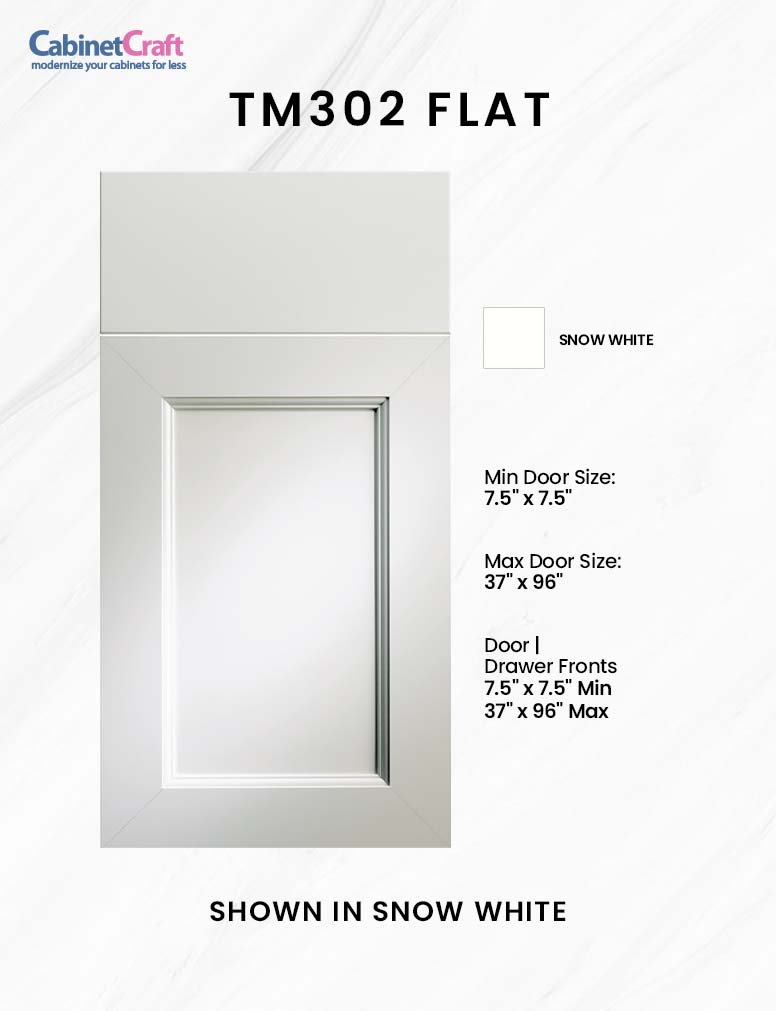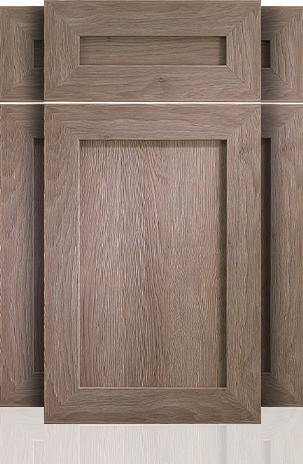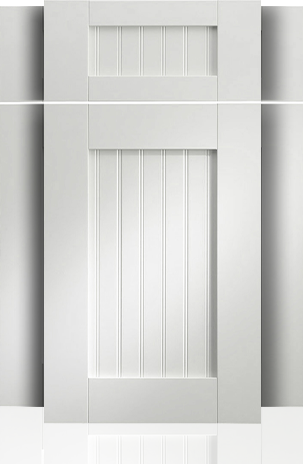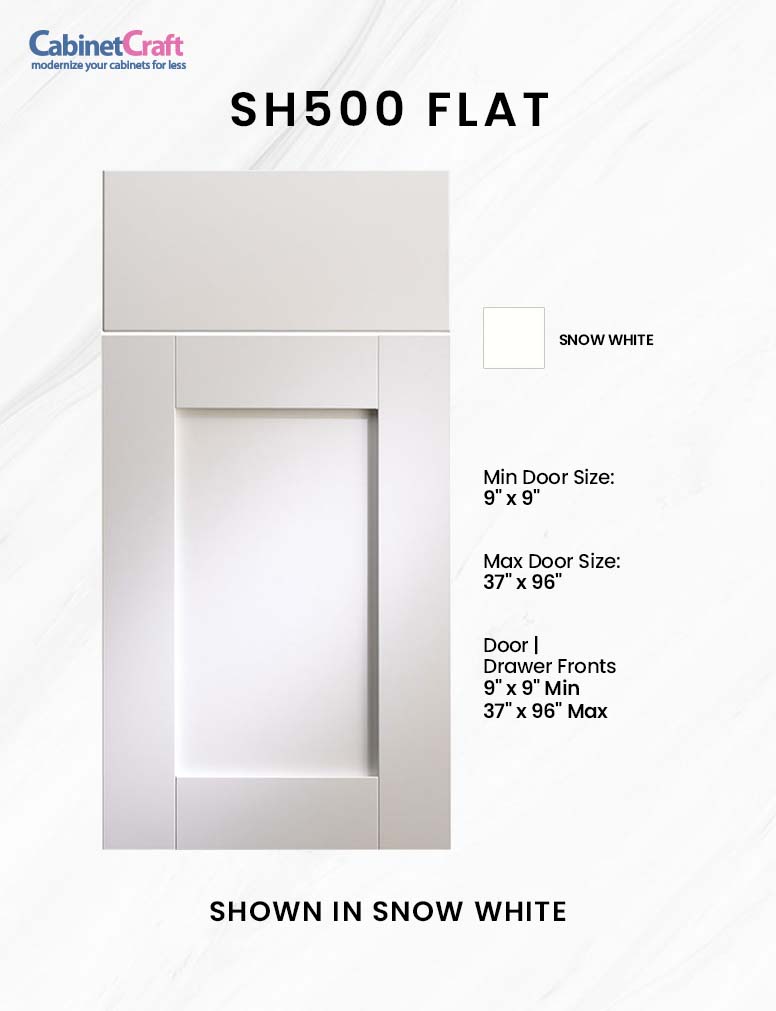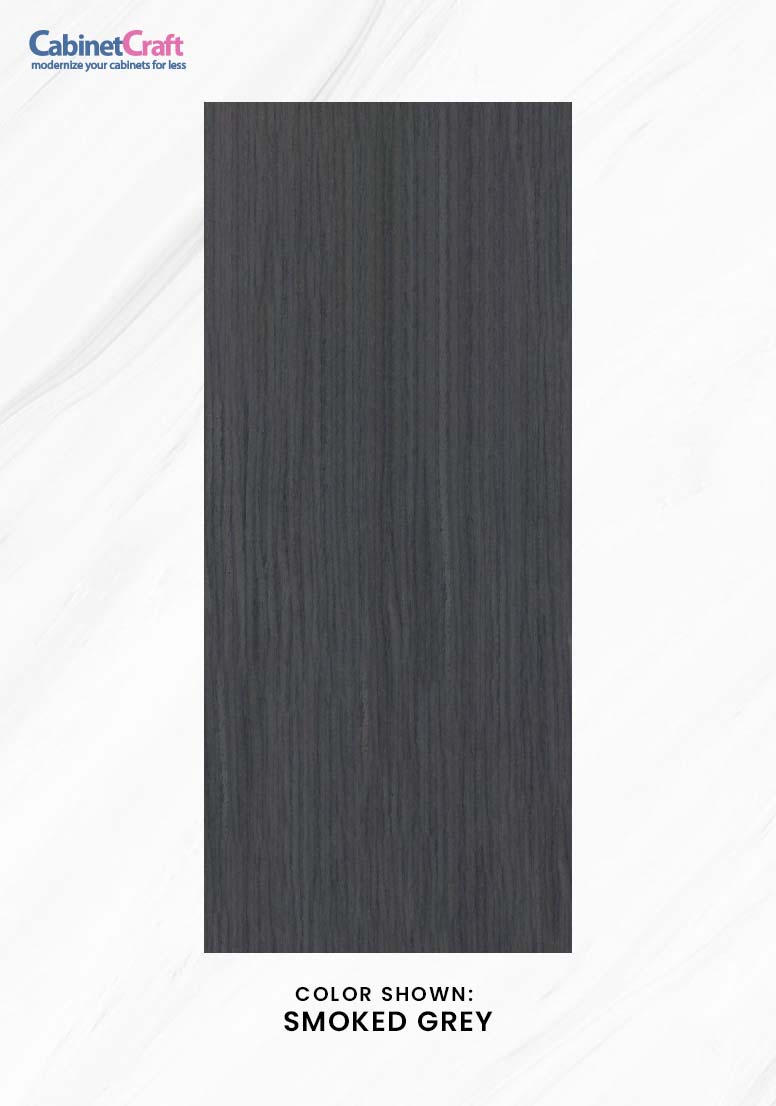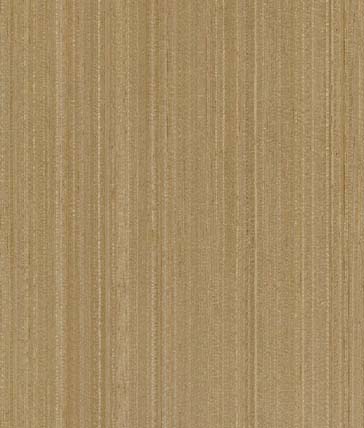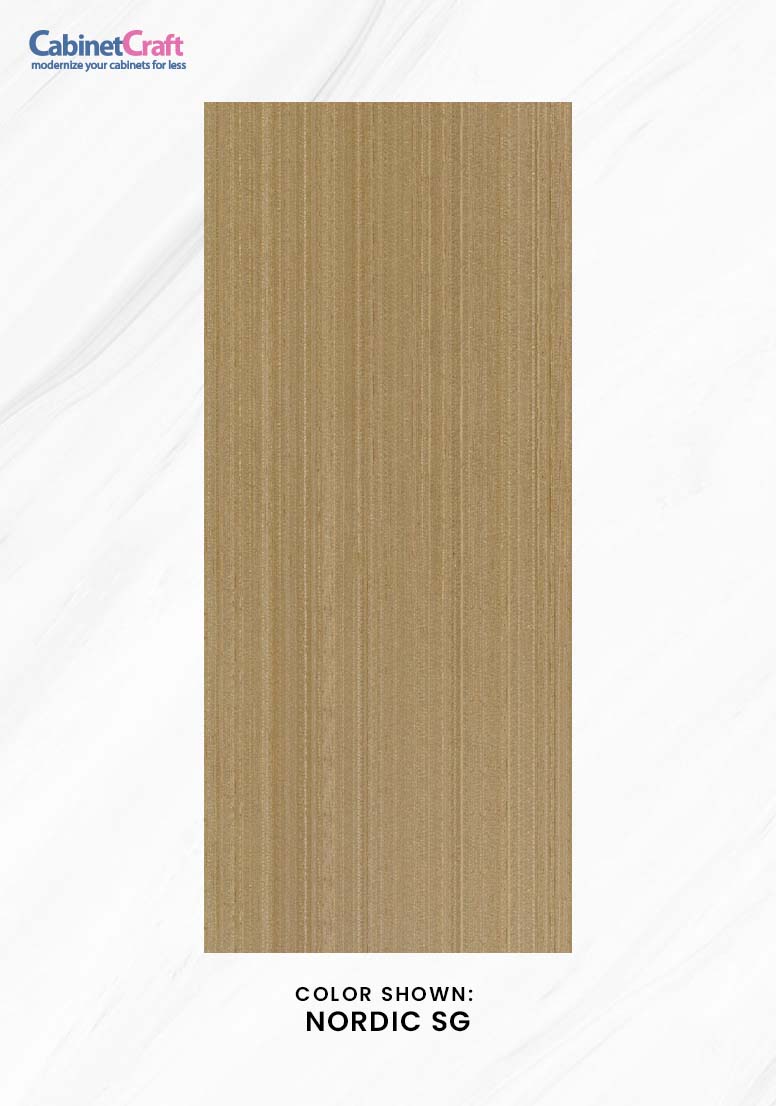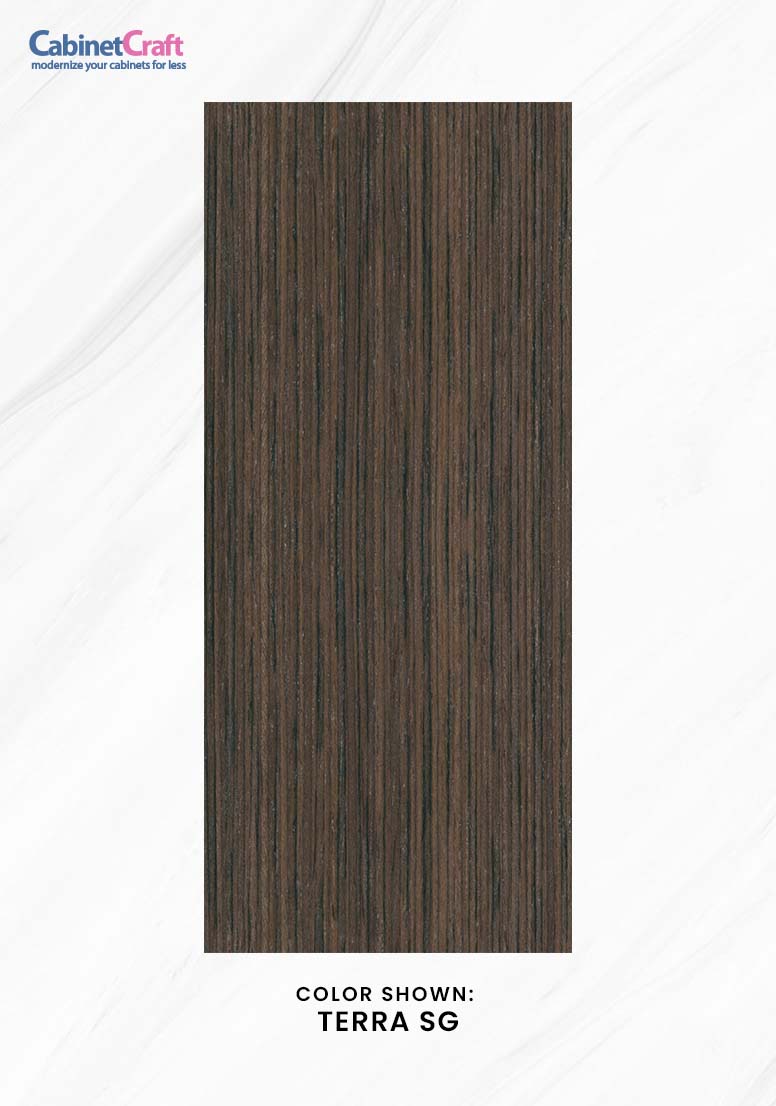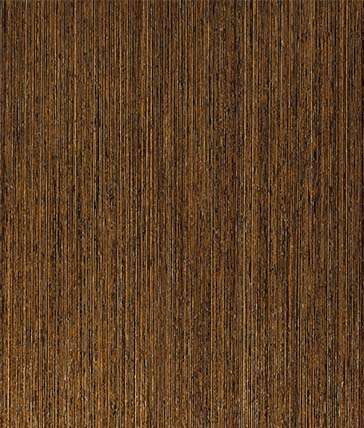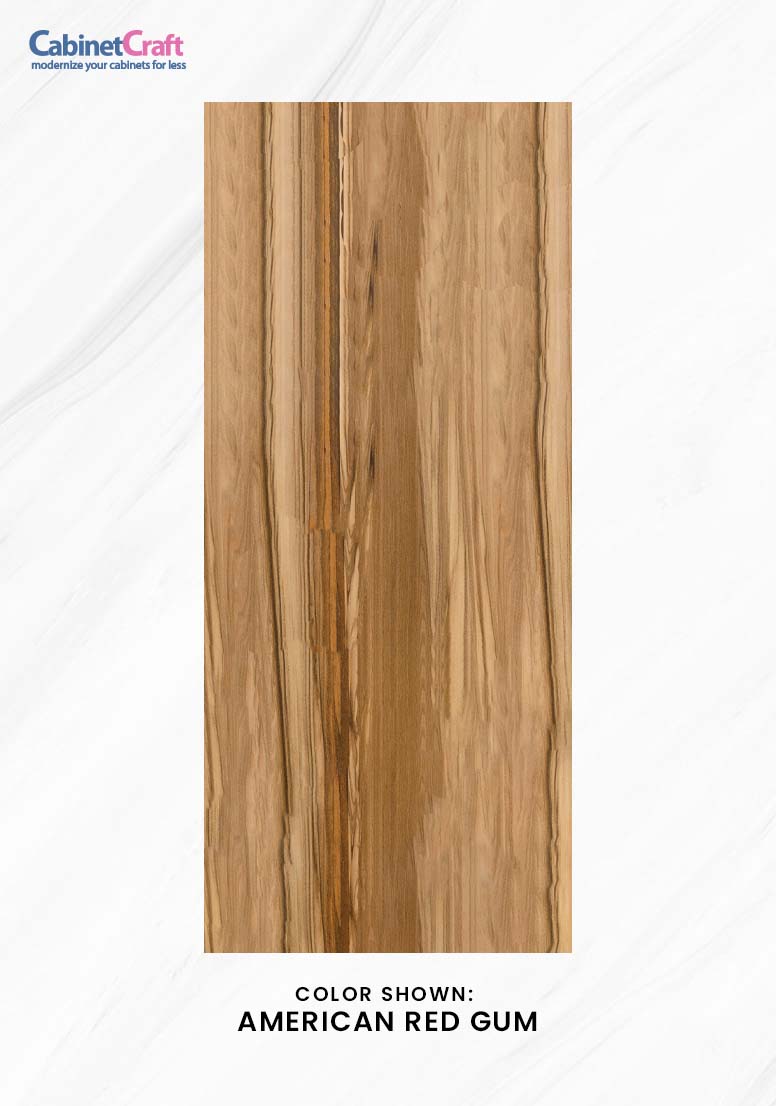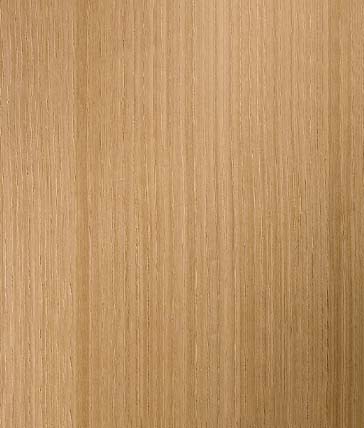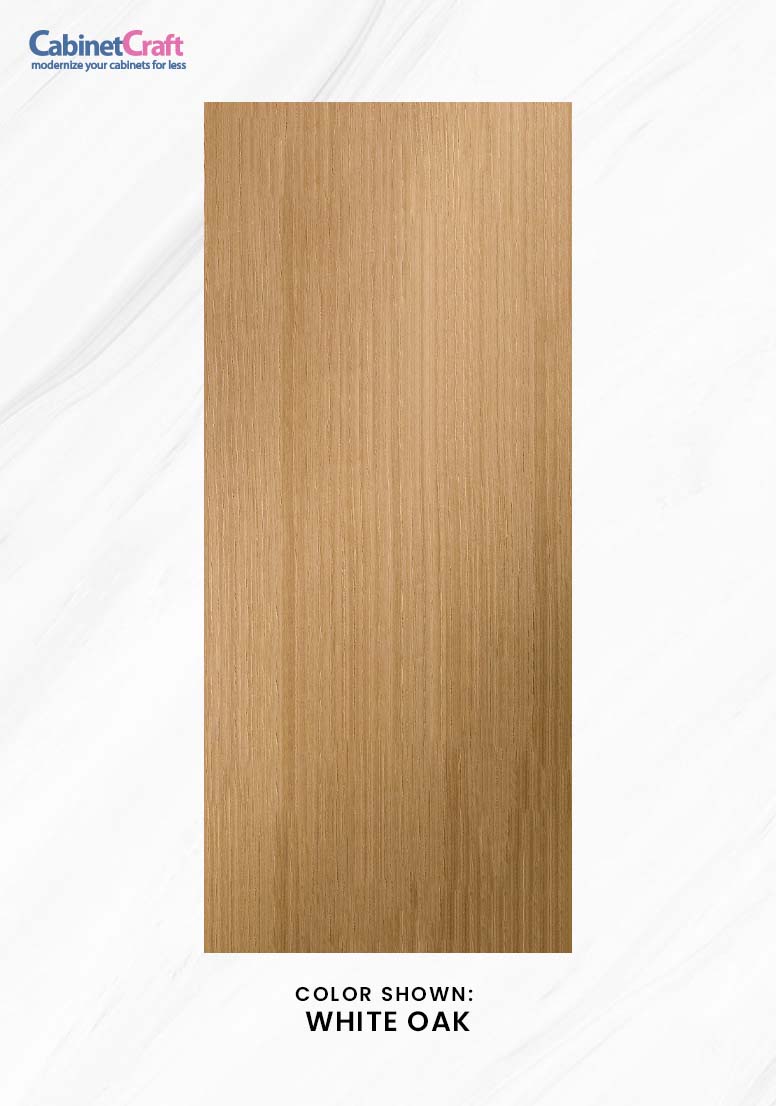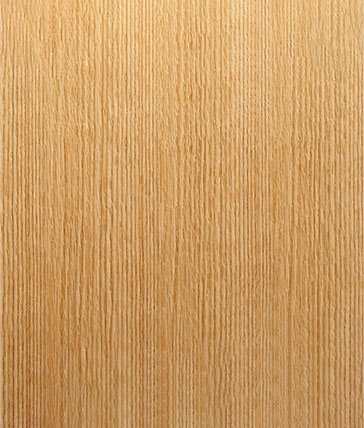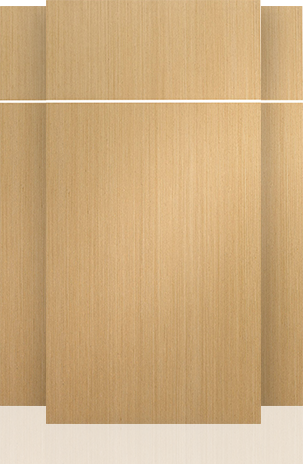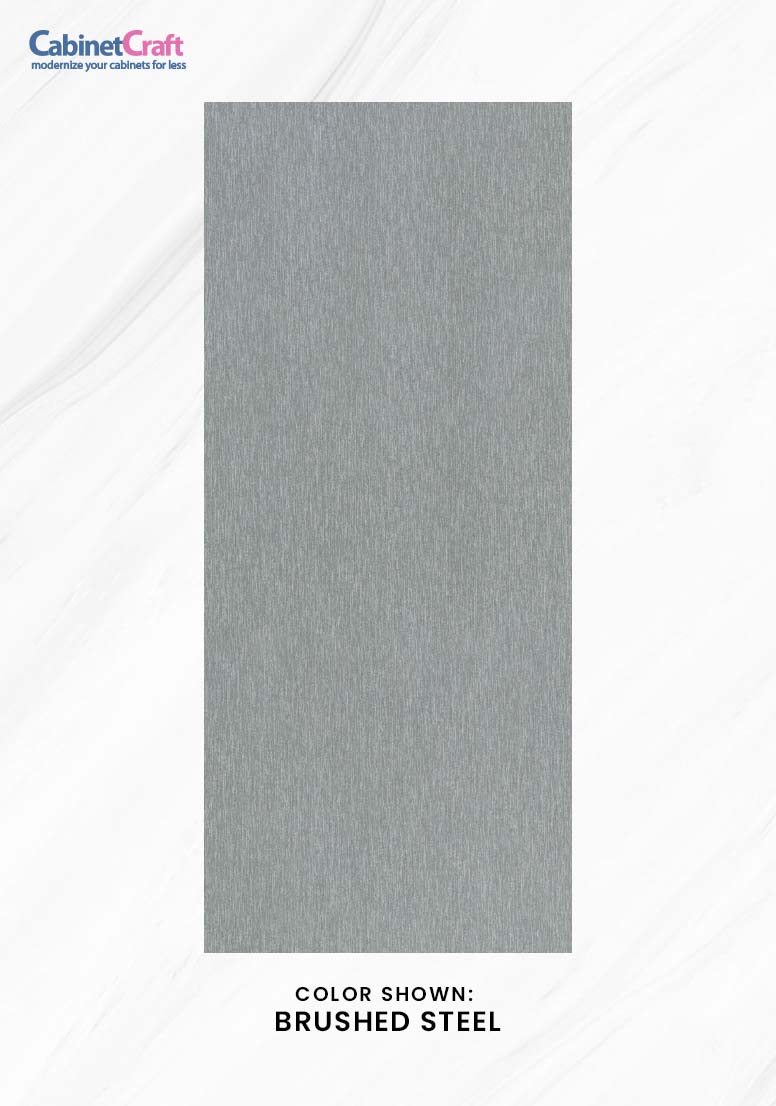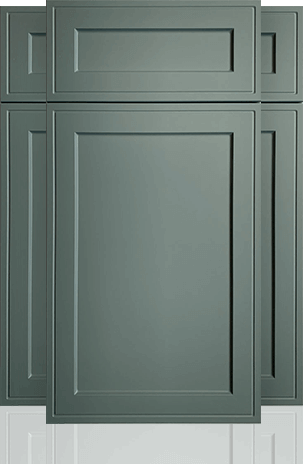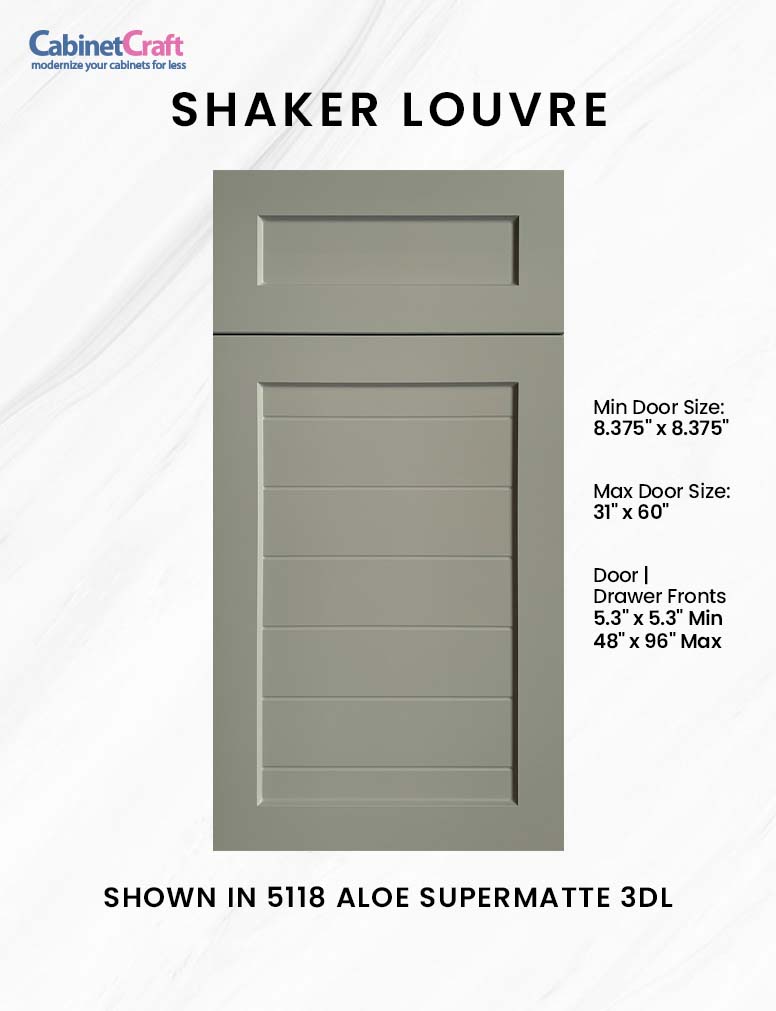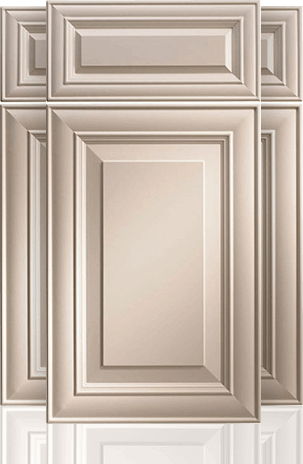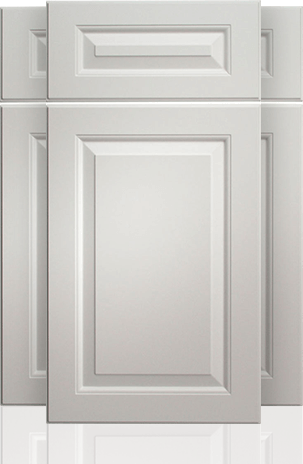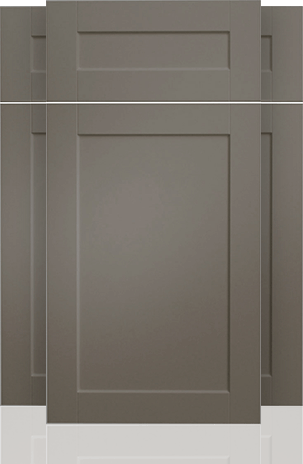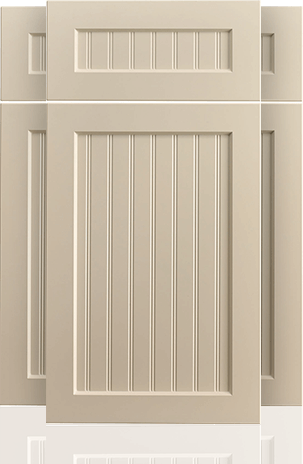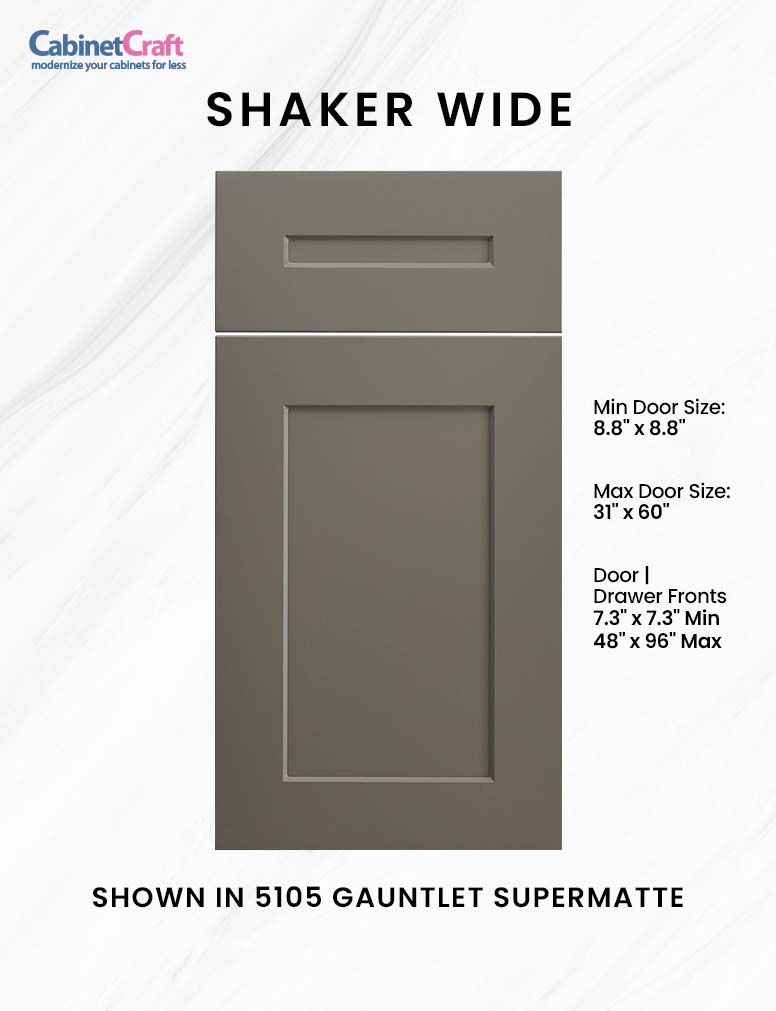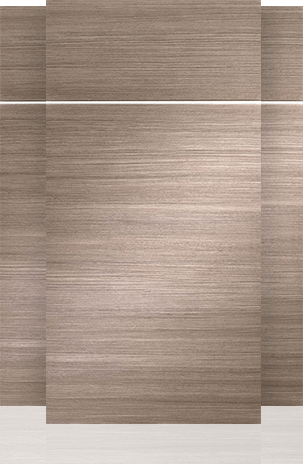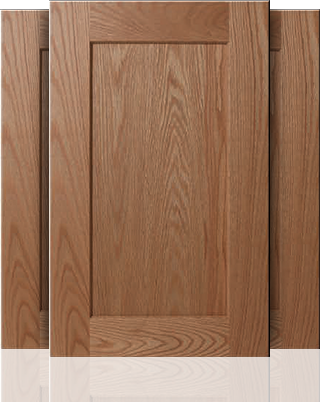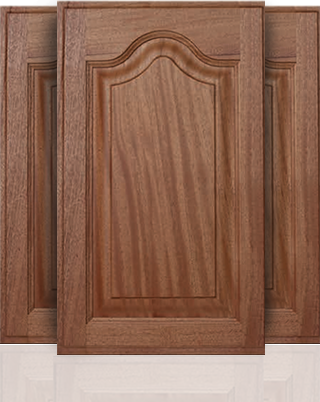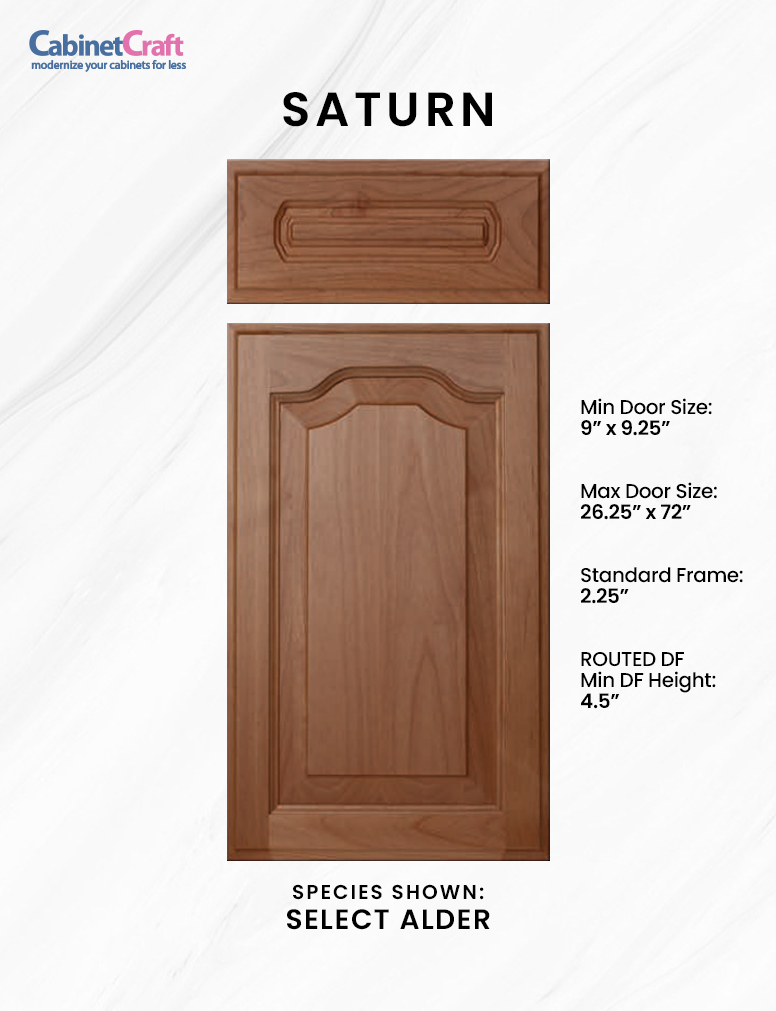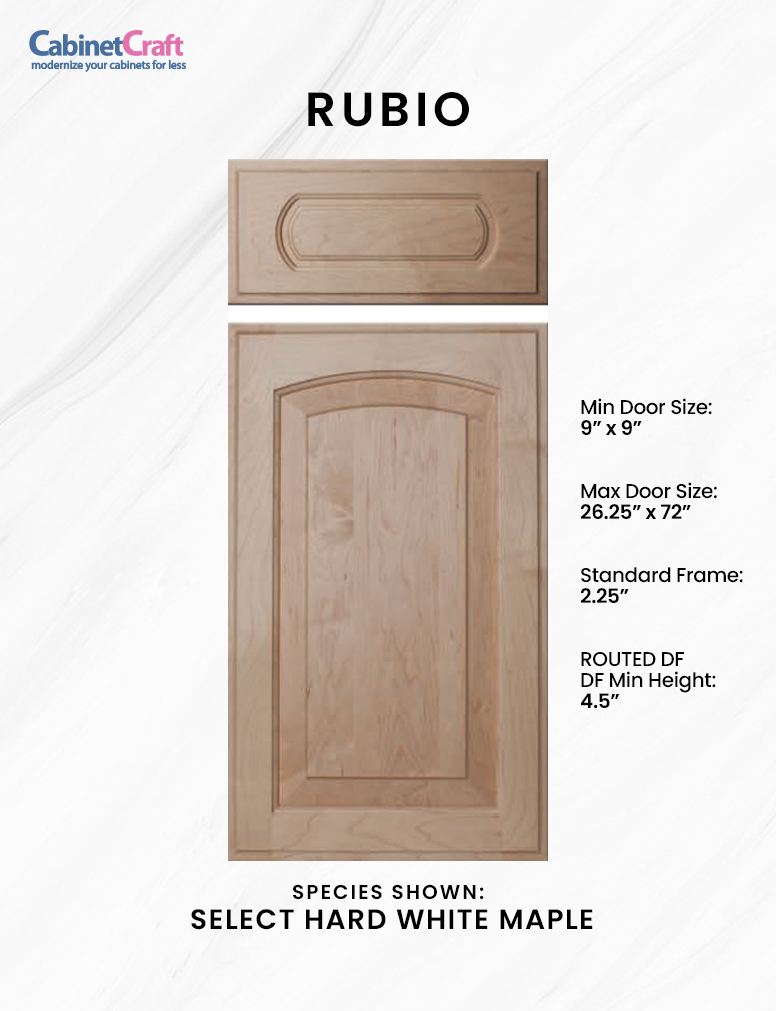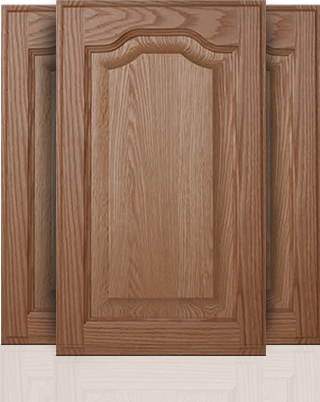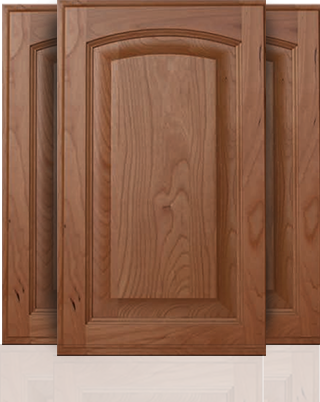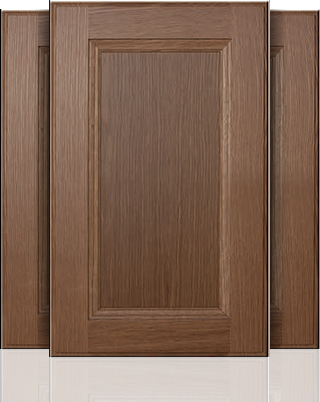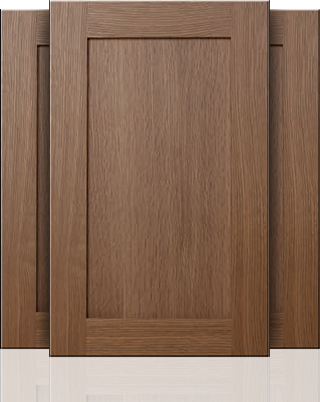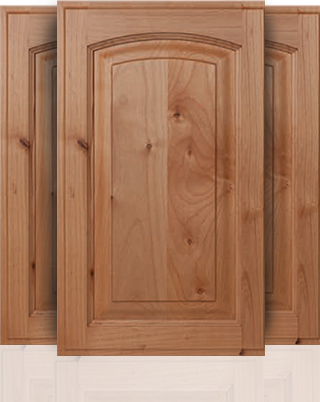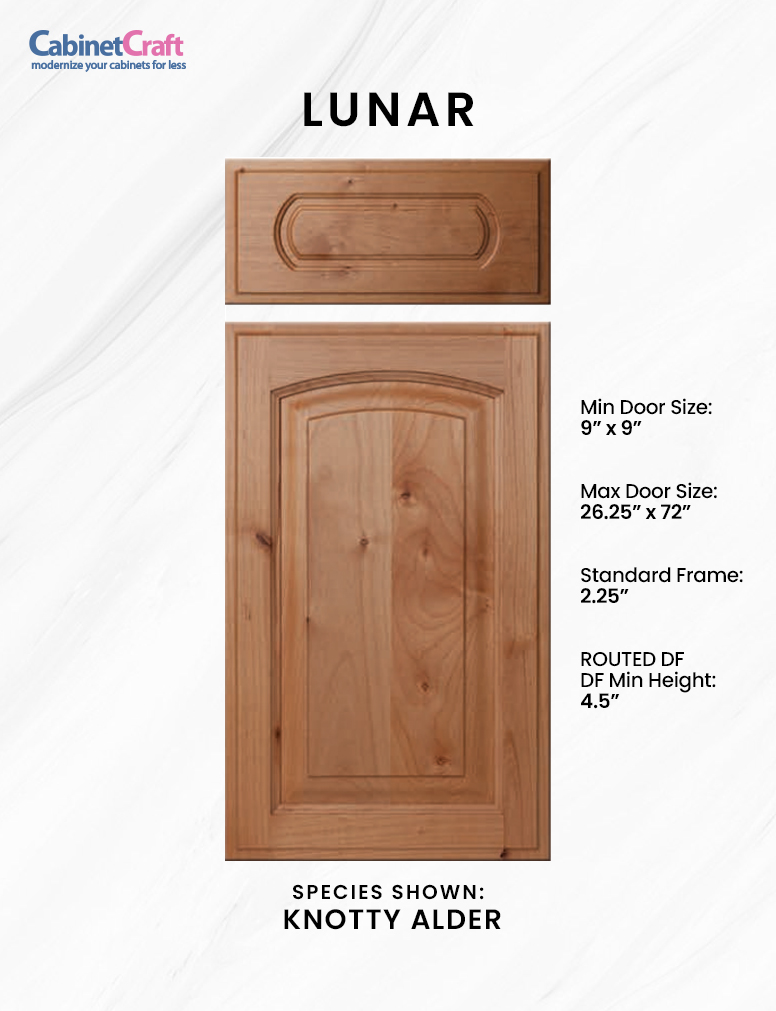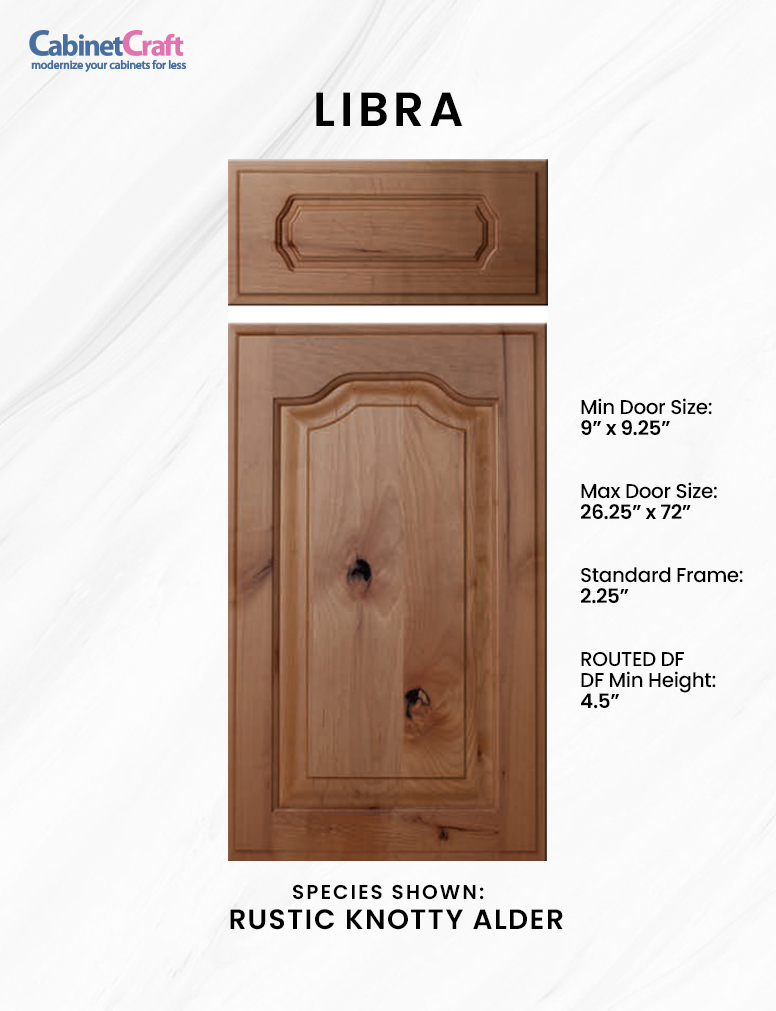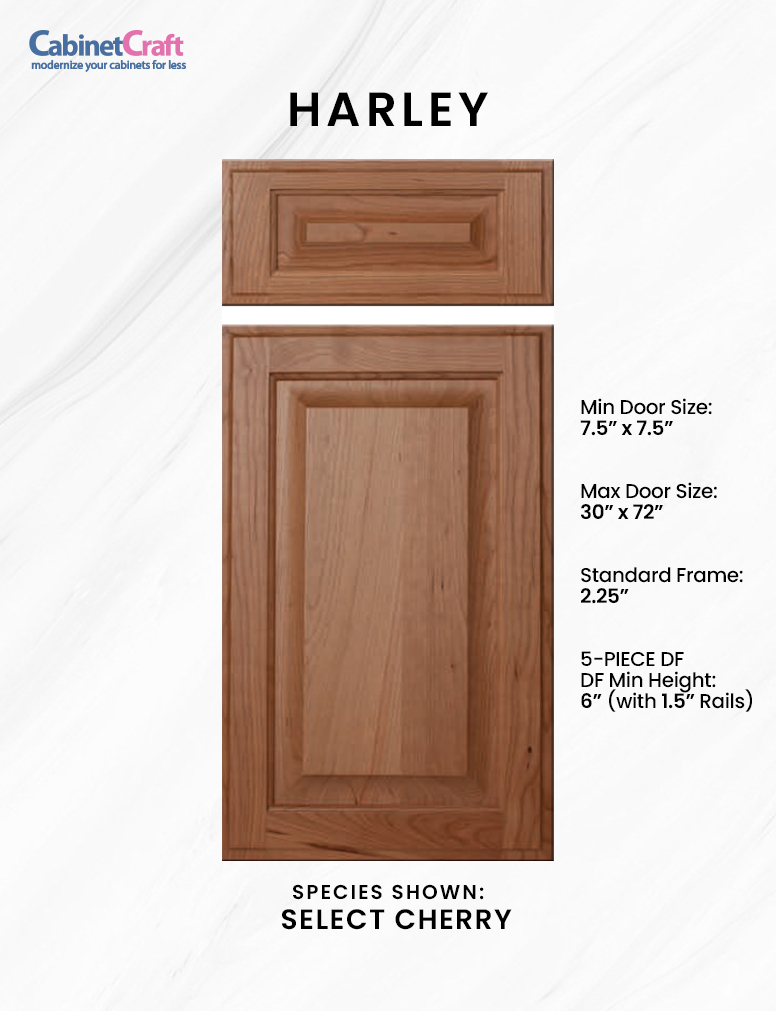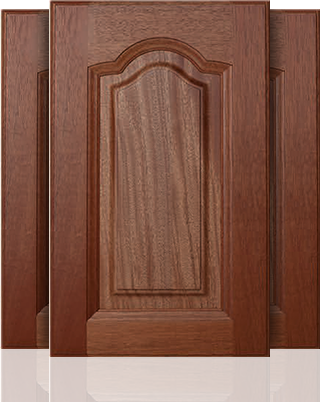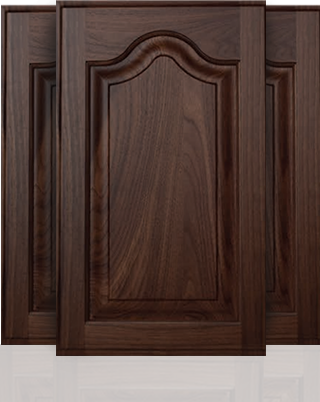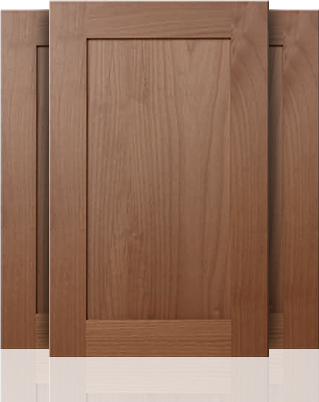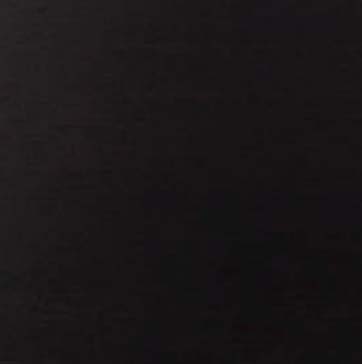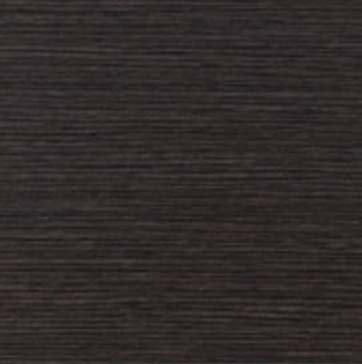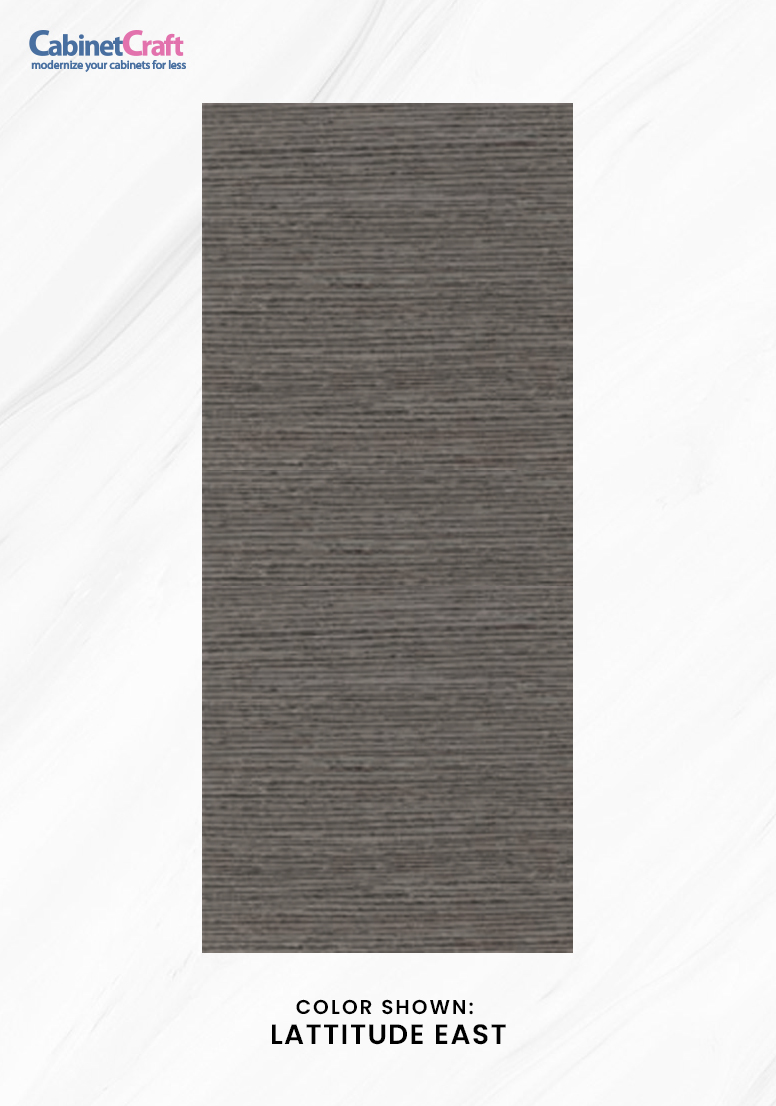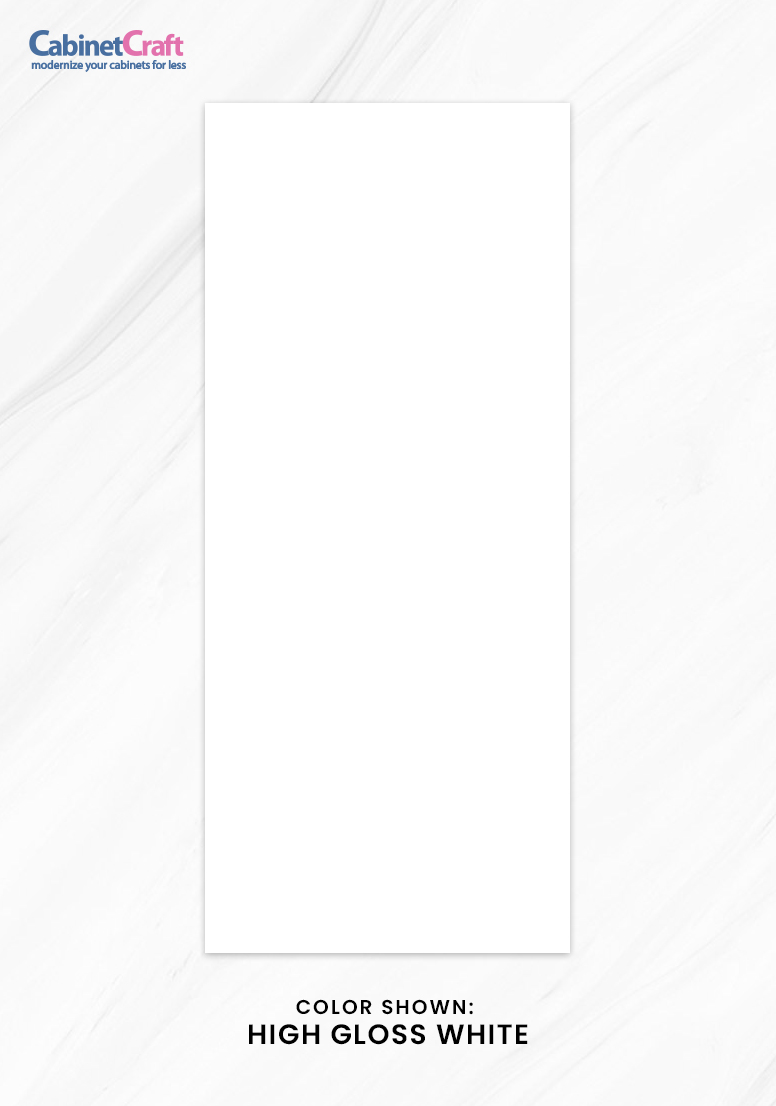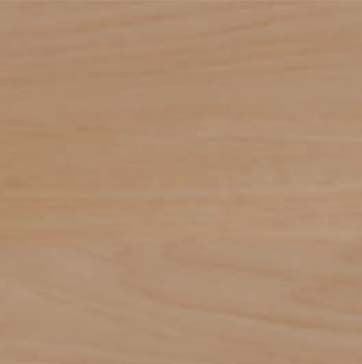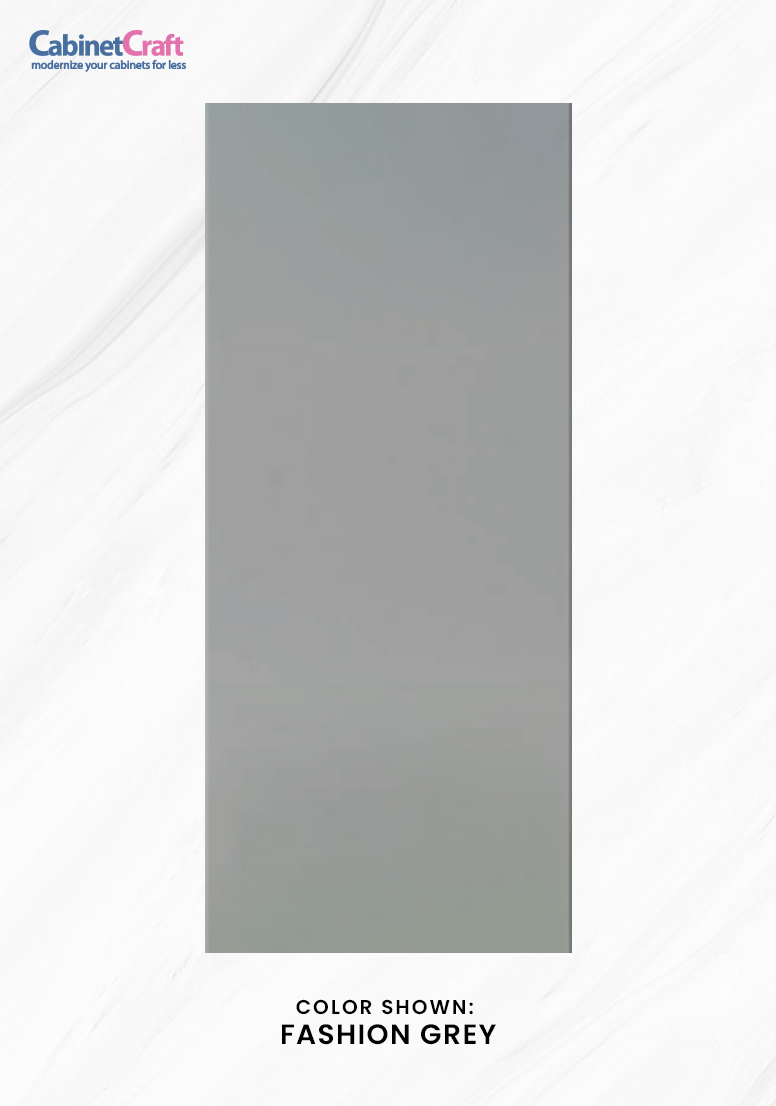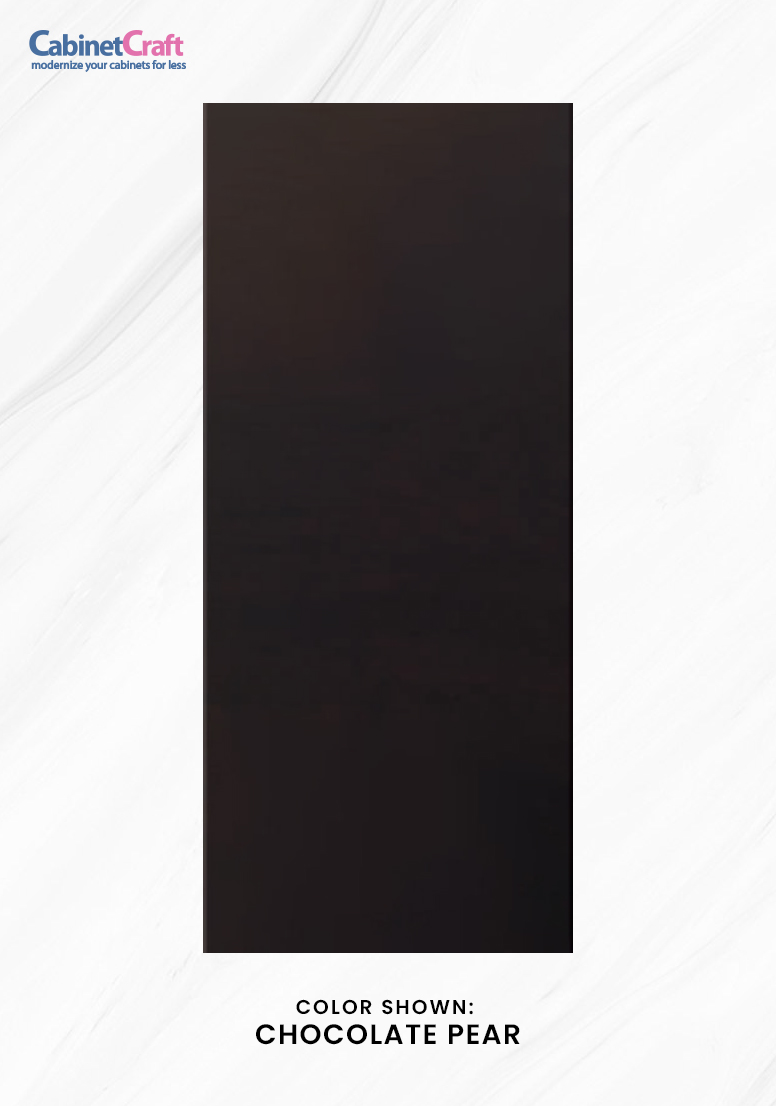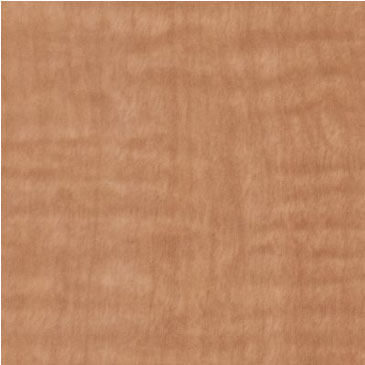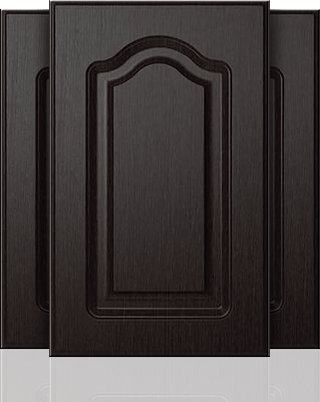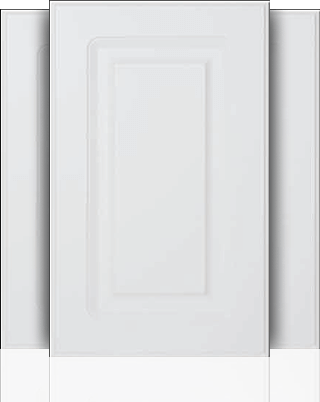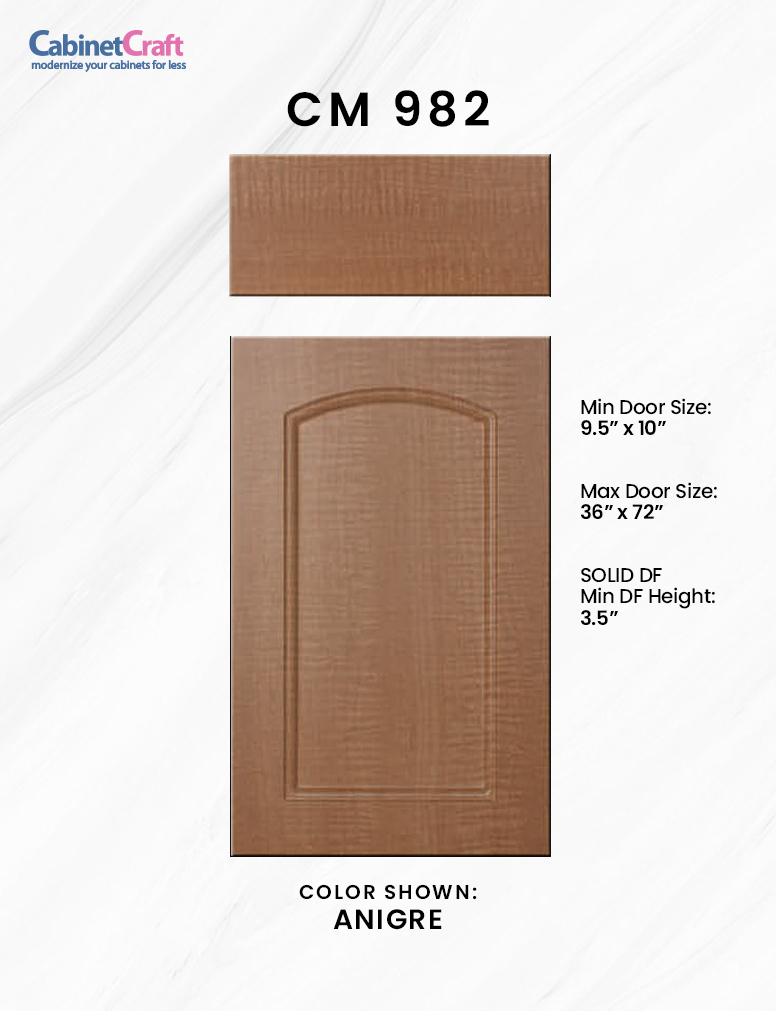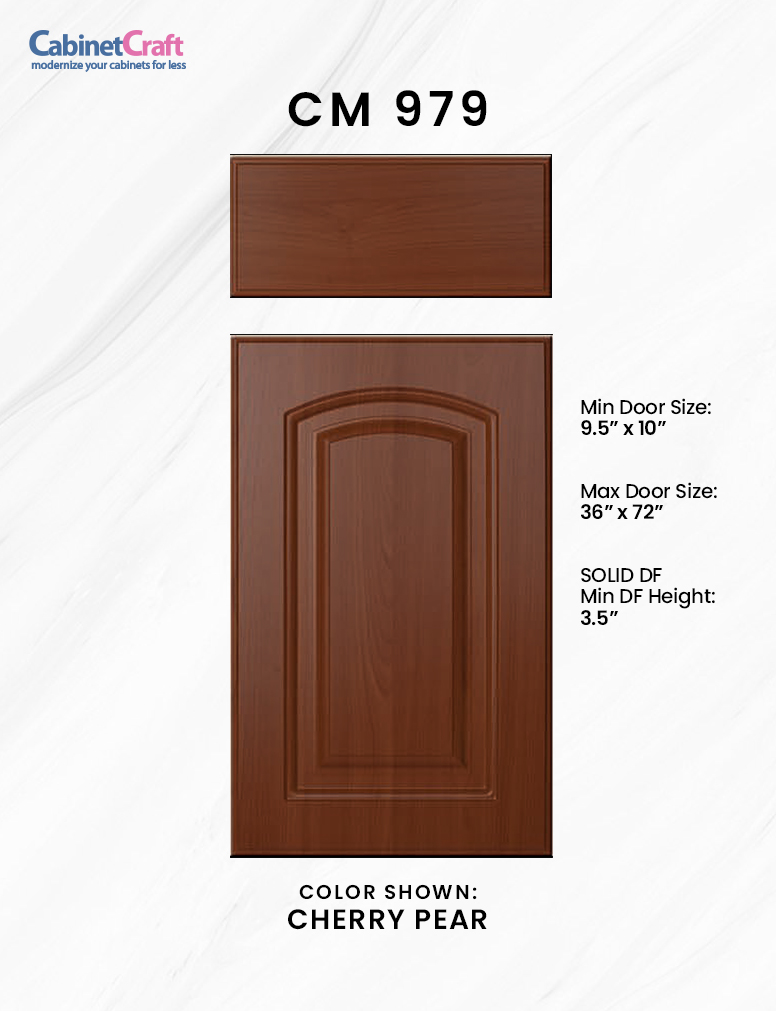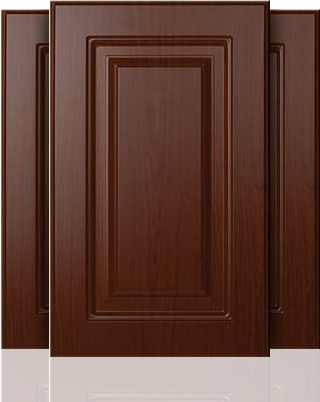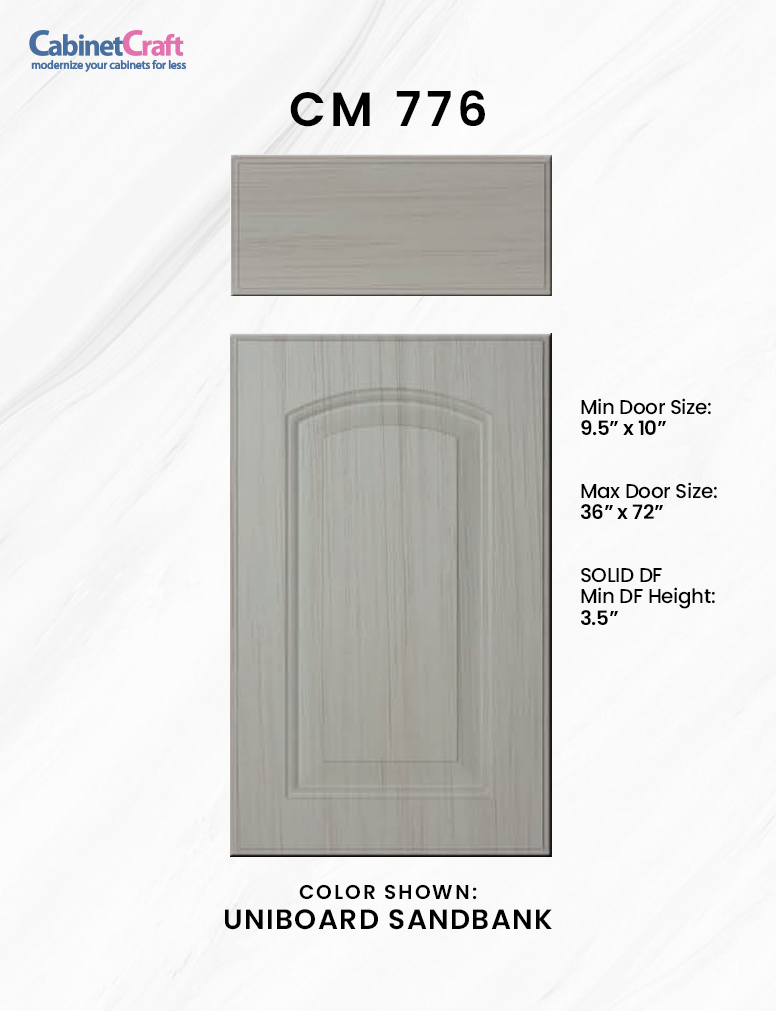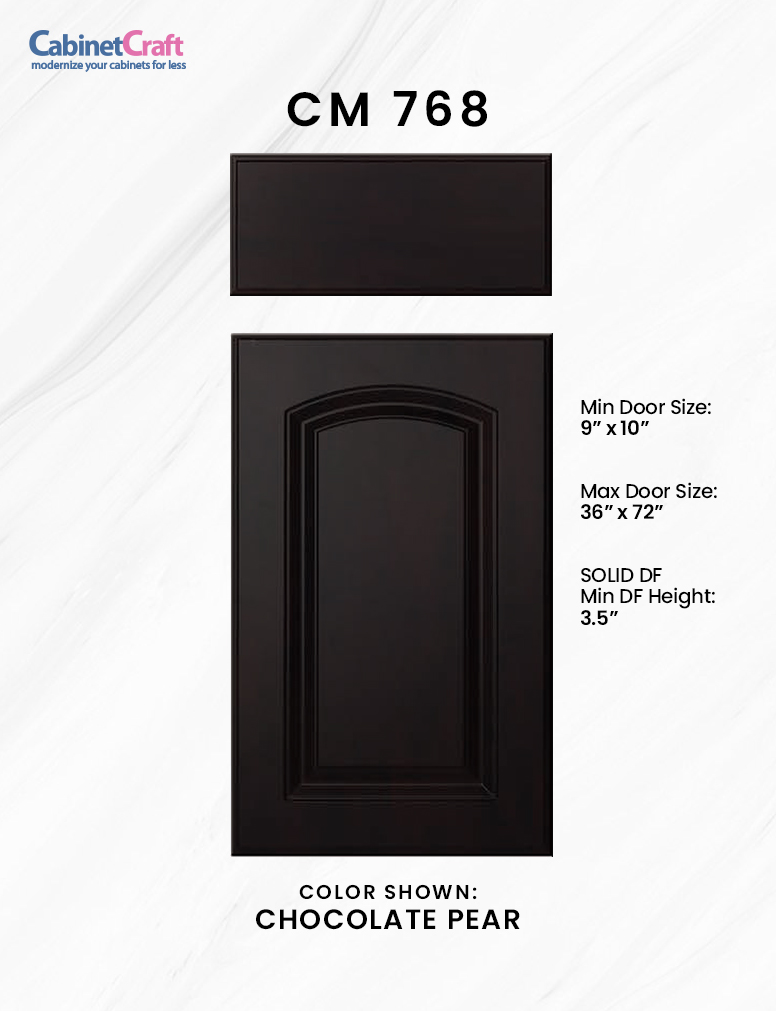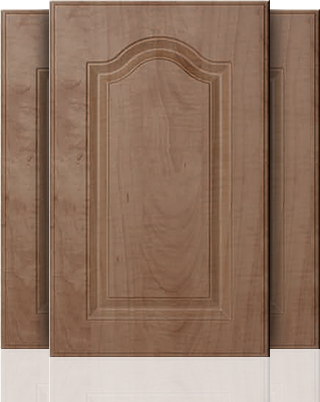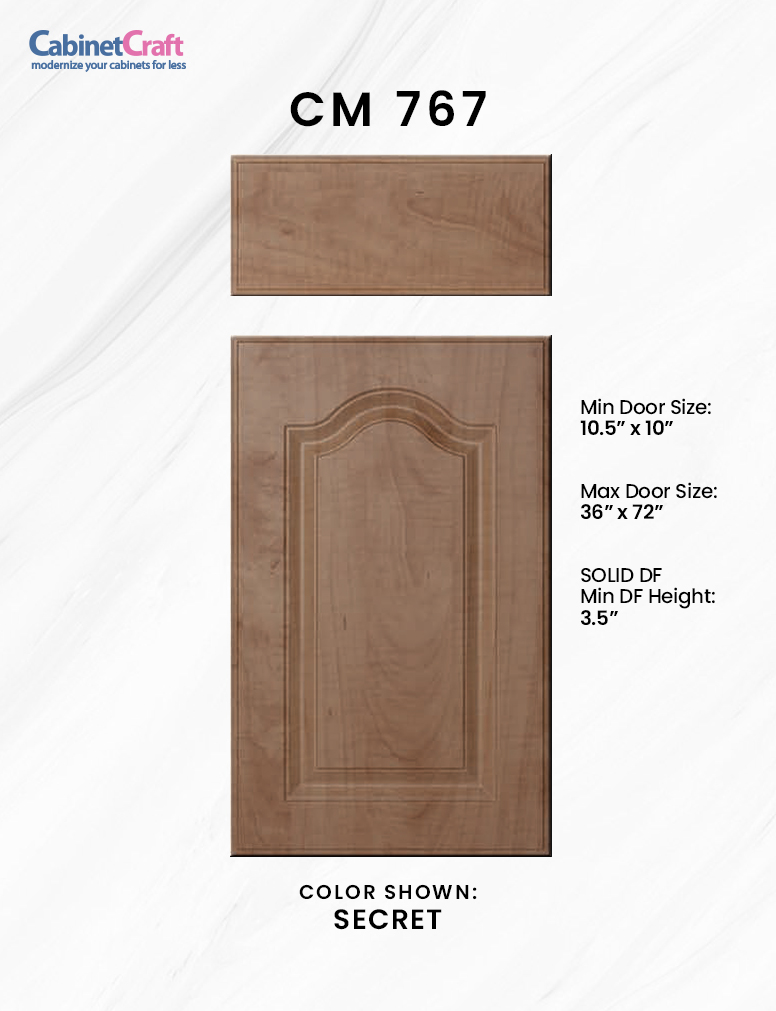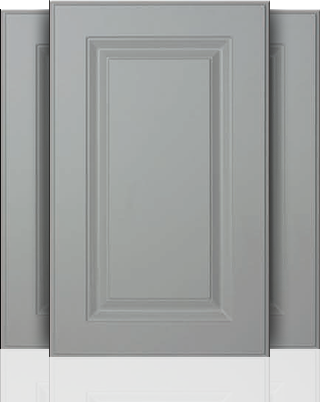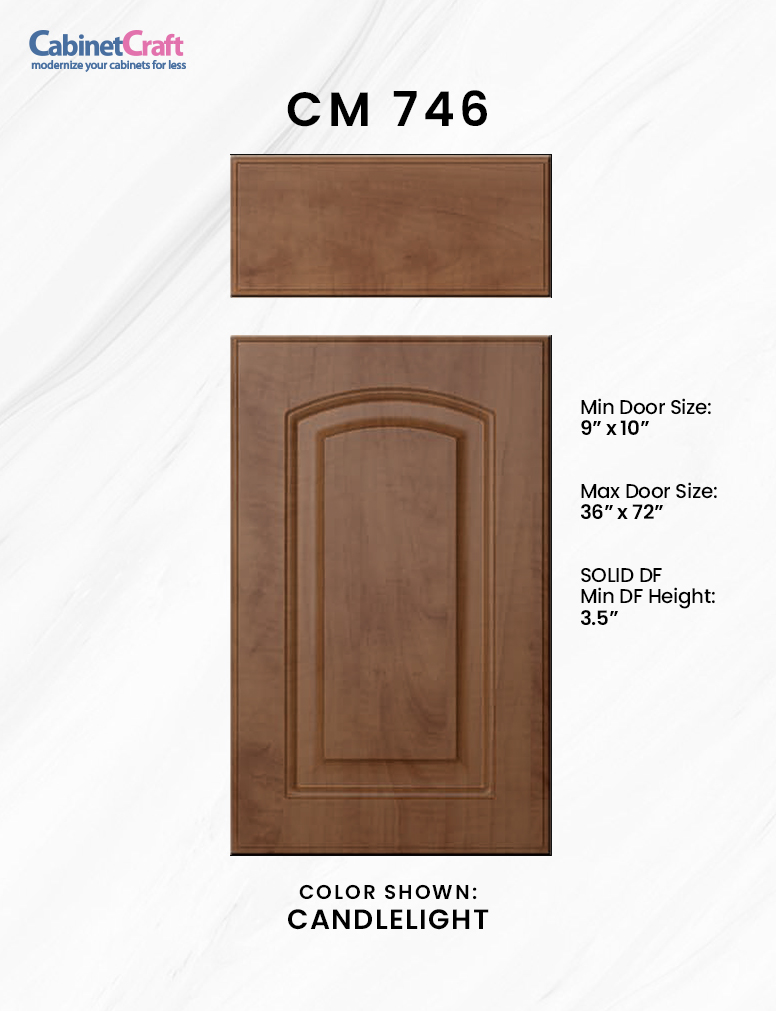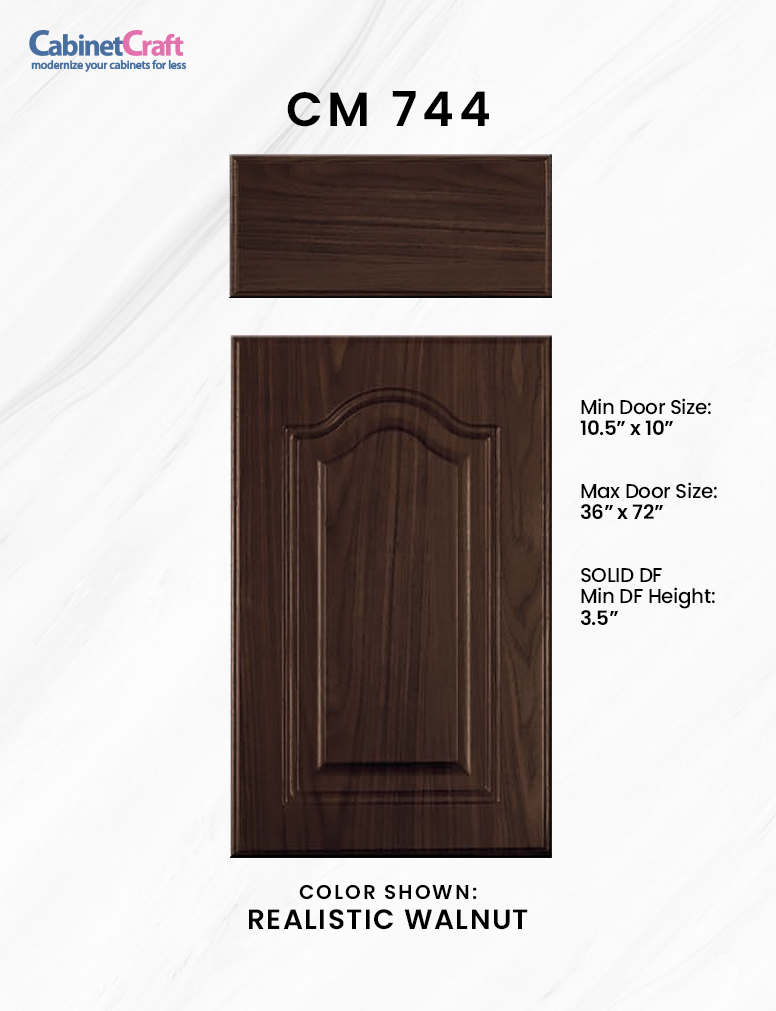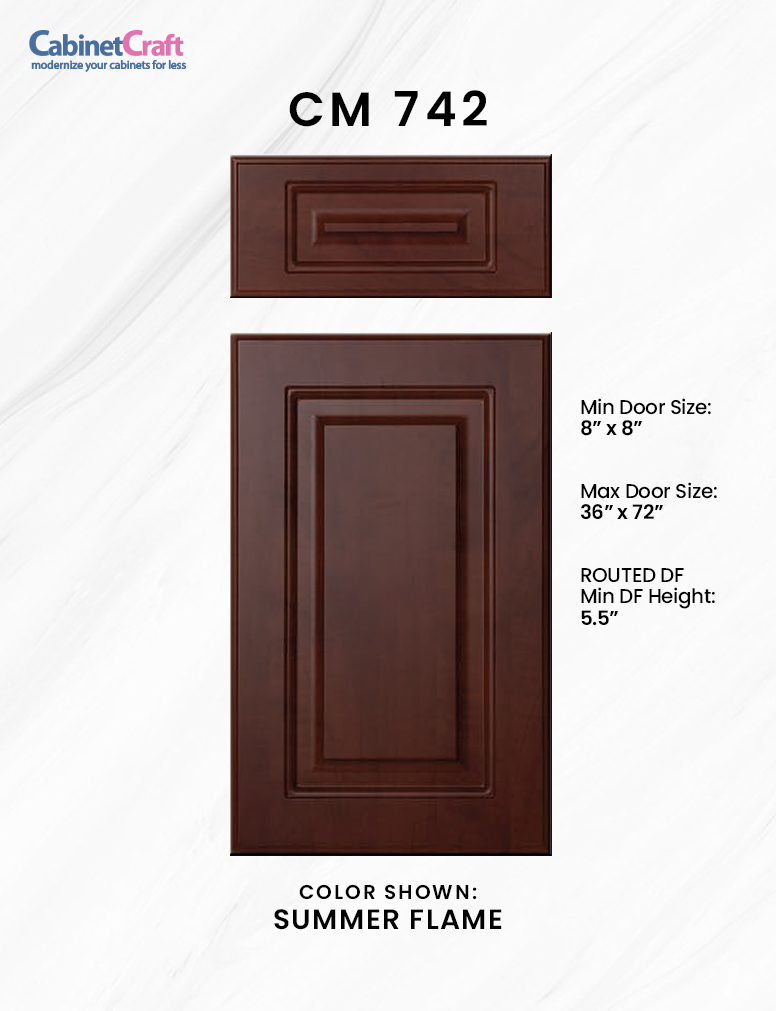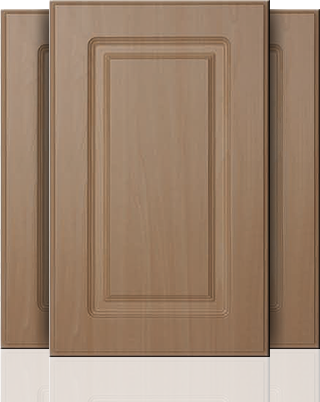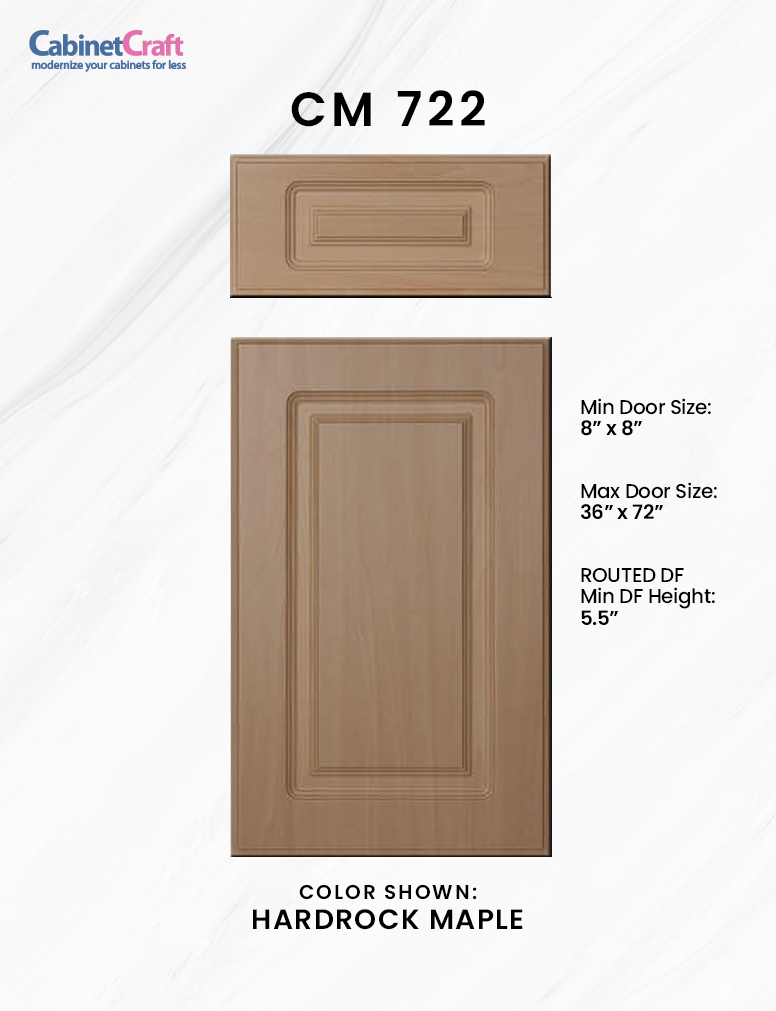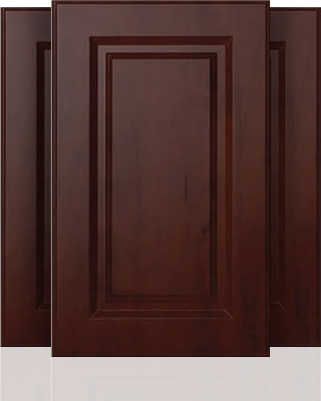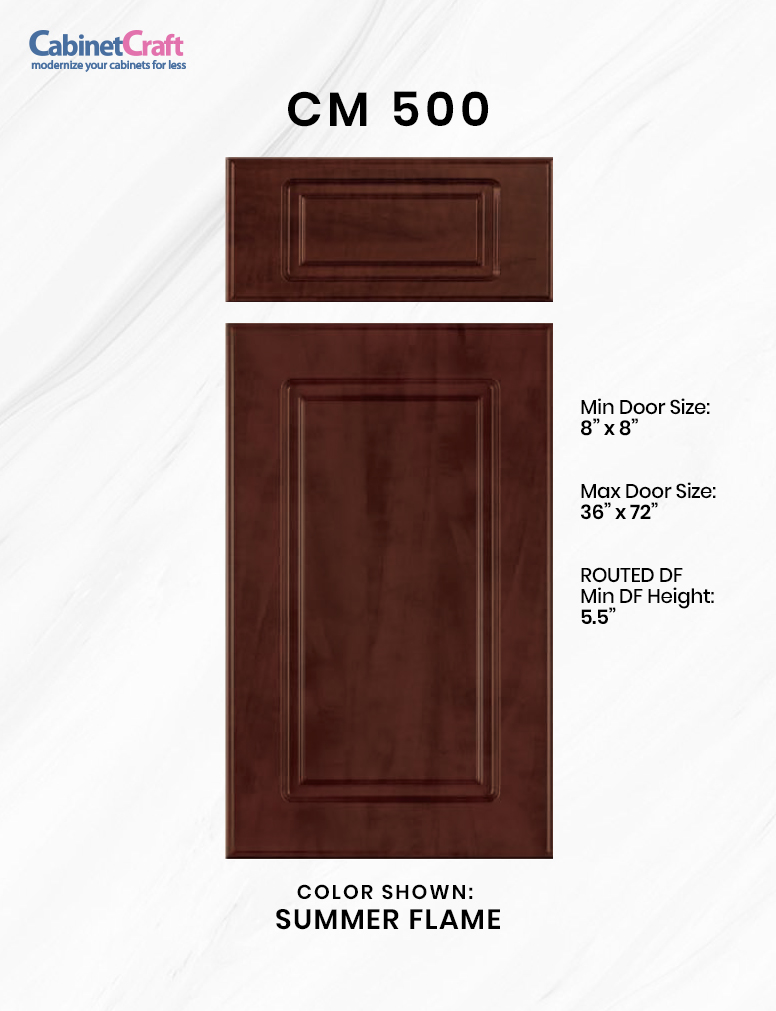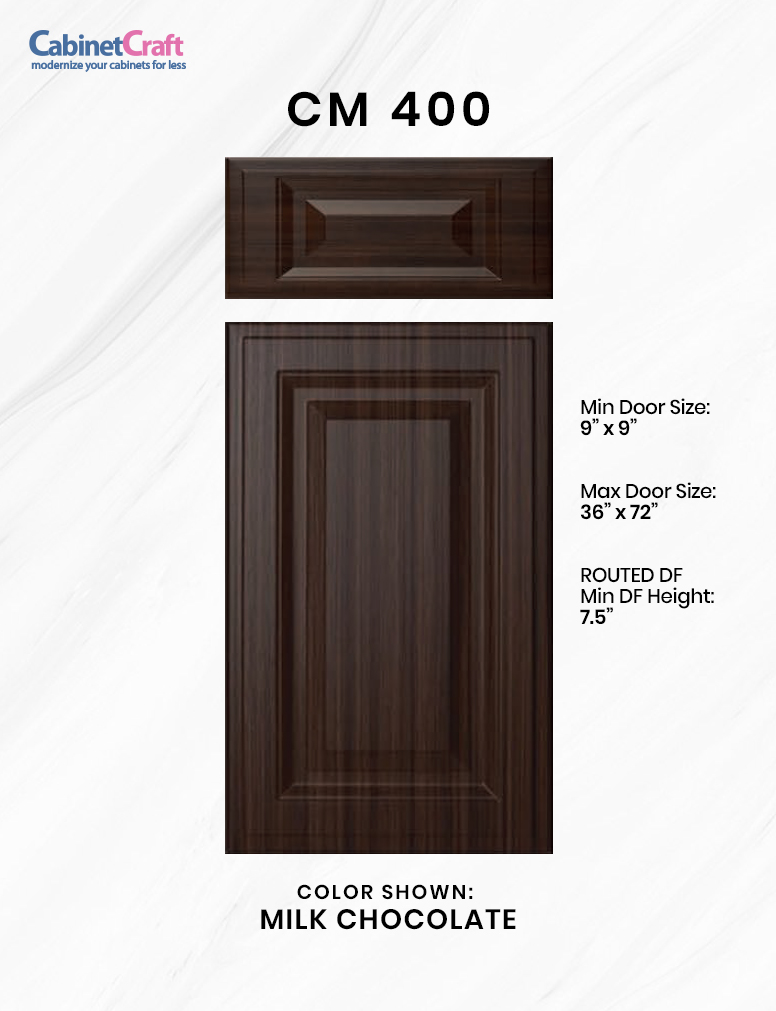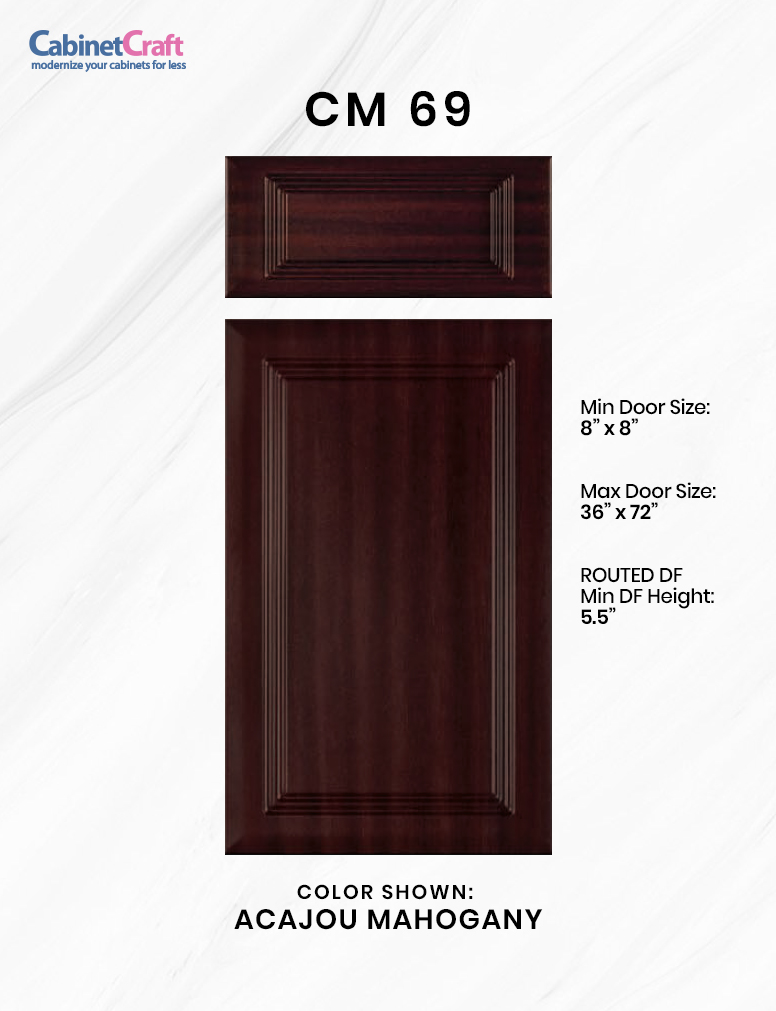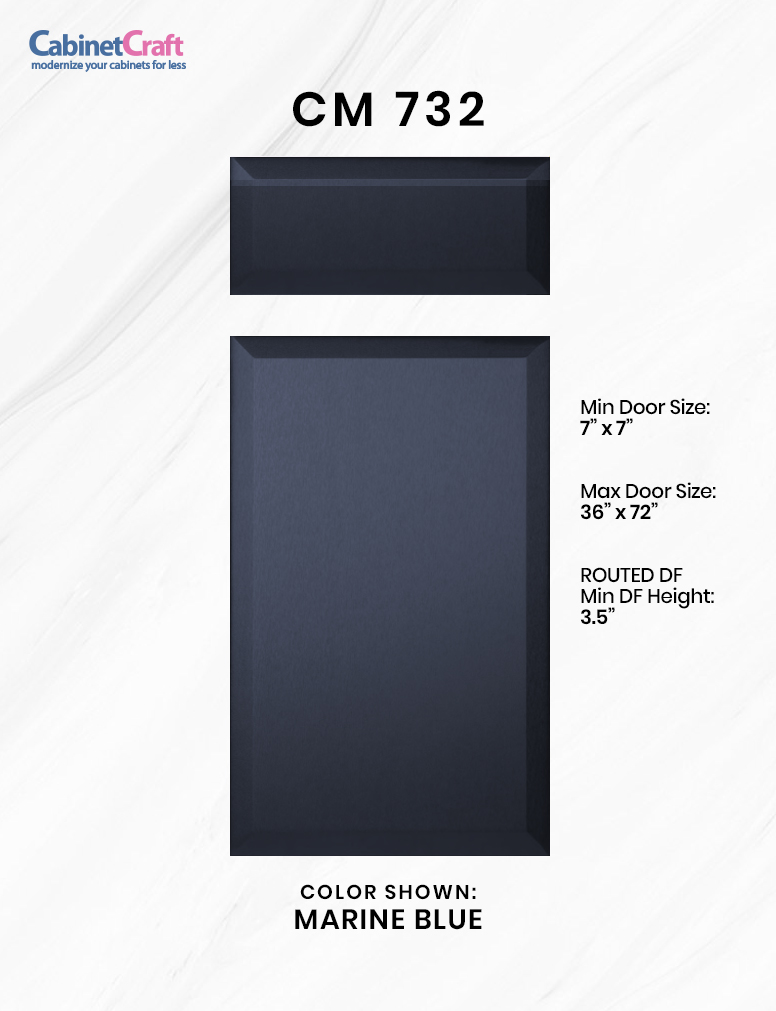"*" indicates required fields
Myths Surrounding Kitchen Cabinet Resurfacing
Preparing for the upcoming holidays has homeowners contemplating ways to spruce up their homes for impending visits from friends and family. While a complete furniture overhaul or home renovation might be a distant dream for some due to budget constraints, there’s an array of alternatives that can give new life into living spaces without breaking the bank. Undertaking extensive renovations can be both time-consuming and financially burdensome, especially during a season of holiday expenses. However, the prospect of giving your home a facelift remains within reach. Notably, lightly remodeling your kitchen can remarkably transform its appearance, and a focal point in this transformation is your kitchen cabinets.
Considering that kitchen cabinets dominate a significant portion of your kitchen’s visual landscape, any efforts directed towards them can yield substantial results. The process can entail a fresh layer of paint to add vibrancy or a meticulous sanding endeavor to eliminate imperfections. Amidst these prospects, it’s important to decipher the myths that often cloud discussions about resurfacing kitchen cabinets. These misconceptions can lead homeowners astray, but understanding the truth can guide more informed decisions.
Misconception #1: Resurfacing Isn’t Possible for Damaged Cabinets
There’s a common misconception that if your kitchen cabinets exhibit damage, the only solution is a complete replacement to achieve uniformity. However, opting for a costly and time-consuming full replacement might not be obligatory in such situations. In fact, you have an alternative: resurfacing kitchen cabinets. Instead of embarking on an extensive overhaul of your entire kitchen, this focused approach can yield impressive results while being more efficient and cost-effective.
By choosing to repair and refresh damaged cabinets, you’re making a practical and resourceful decision. Skilled professionals in cabinet resurfacing possess the expertise to address various types of damage, whether it’s scratches, dents, or worn surfaces. Through meticulous techniques, they can restore the cabinets to their former glory, erasing signs of wear and tear that may have accumulated over time.
Furthermore, this approach not only saves you from the expenses and disruptions associated with a complete cabinet replacement but also allows you to retain the cohesive look of your kitchen. Achieving uniformity doesn’t necessarily demand an overhaul; it can be attained through targeted resurfacing, which blends seamlessly with the rest of your cabinetry.
Misconception #2: Average Cost For Kitchen Cabinet Resurfacing
Debunking another prevalent misconception, the process of resurfacing kitchen cabinets is considerably cost-effective in contrast to embarking on an entire renovation. The timeline for completion can be surprisingly swift, spanning merely two to three weeks, contingent upon seasonal factors and contractor schedules. This relatively brief duration can yield cabinets that exude a rejuvenated charm, akin to their original state. Notably, the expense associated with resurfacing typically amounts to just a third of the cost required for a complete cabinet replacement, and the process unfolds within a significantly shorter timeframe.
Opting for kitchen cabinet resurfacing doesn’t solely offer financial advantages; it also minimizes the disruptions that often accompany extensive remodeling projects. The compressed timeline ensures that your kitchen’s transformation occurs swiftly, allowing you to resume your daily routine without enduring prolonged inconveniences.
Moreover, the cost savings achieved through resurfacing can be allocated to other aspects of your home improvement endeavors. Whether you’re considering upgrading appliances, enhancing lighting, or adding decorative touches, the financial flexibility obtained from choosing resurfacing can be channeled towards these complementary enhancements.
It’s crucial to recognize that the perception of exorbitant expenses and extended timelines doesn’t align with the reality of kitchen cabinet resurfacing. This approach represents a strategic way to rejuvenate your kitchen’s ambiance without overwhelming your budget or schedule. By embracing this myth-dispelling revelation, you open the door to a kitchen upgrade that’s both affordable and timely, all while preserving the allure of your living space.
Misconception #3: Painting Around the Hardware Saves You Time
It’s tempting to believe that painting around hardware can cut corners, but the aftermath can be less than desirable. Should you choose to paint around the hardware initially, you might find that the final result reveals imperfections caused by hardware rubbing against the paint. To sidestep this potential frustration, a more effective approach involves the removal of hardware before painting.
Taking the time to remove hardware before any resurfacing kitchen cabinet project might seem like a minor inconvenience, but it significantly contributes to achieving a flawless and professional finish. By detaching the hardware, you create a seamless canvas for the paint, free from any unintended marks or blemishes. This extra step ensures that your cabinet resurfacing endeavor culminates in a truly polished appearance that lives up to your expectations.
While painting around hardware might appear to save time initially, the extra effort of removing hardware is undoubtedly worth it in the long run. It’s a simple yet impactful step that plays a pivotal role in attaining the impeccable and refreshed look you’re aiming for during the cabinet resurfacing process.
Misconception #4: Prolonged Paint Odor
Speaking of painting, a prevalent misconception revolves around the belief that the odor from fresh paint lingers for days, potentially disrupting the comfortable ambiance of your home. Particularly in the kitchen, where moments of gathering and sharing meals take place, the concern about enduring noxious paint smells is understandable. However, rest assured that your worries can be put to rest. Top cabinet resurfacing companies can ensure that your freshly refinished cabinets not only boast a revitalized style but also remove concerns about lingering odors in your living area.
For us, we prioritize your comfort by exclusively employing environmentally-friendly, water-based, low VOC lacquer and solvents. These conscious choices in materials not only contribute to a greener approach but also mitigate the issue of enduring paint smells and fumes. With these carefully selected products, you can bypass the discomfort of overwhelming odors, immediately transitioning into a state of enjoyment and satisfaction with your newly transformed kitchen.
The kitchen, being a central hub of your home’s activity, should exude a warm and inviting atmosphere. By addressing the concern of lingering paint odors, our professionals ensure that the process of cabinet resurfacing seamlessly integrates into your daily life. This way, you can embark on creating cherished memories and savoring meals in an environment free from any lingering olfactory disturbances.
Misconception #5: No Impact on Home Value
When contemplating home upgrades, the goal often centers around enhancing the property’s value for future sales. While endeavors like transitioning from carpet to hardwood flooring or renovating a basement can significantly elevate home value, these extensive projects might not be feasible for everyone, especially during certain times of the year. However, it’s important to dispel the notion that only monumental projects yield value appreciation. In fact, the myth that kitchen cabinet resurfacing doesn’t contribute to home value is just that—a myth.
The belief that cabinet resurfacing pales in comparison to larger-scale renovations overlooks the considerable impact it can have. When it comes to the kitchen, a central hub of any home, cabinet resurfacing carries weight in terms of enhancing overall aesthetics. A kitchen’s visual appeal resonates with potential buyers and influences their perception of the entire property.
It’s worth noting that the average return on investment for a comprehensive kitchen renovation is approximately 70% upon selling your home. The key to maximizing this return lies in selecting neutral colors and styles that cater to a broad range of preferences. In this context, kitchen cabinet resurfacing shines as an effective strategy. By transforming the look of your kitchen through resurfacing, you contribute to the overall value of your home without undertaking a massive project.
Kitchen cabinet resurfacing isn’t merely a cosmetic update; it’s an investment that aligns with market demands and potential buyer preferences. So, as you contemplate ways to elevate your home’s value, don’t underestimate the significance of small yet impactful changes. Embracing cabinet resurfacing is an intelligent step towards not only elevating your living space but also enhancing its market value. Moreover, with its budget-friendly nature compared to extensive renovations, you can enhance your home’s value while keeping the kitchen cabinet resurfacing price within a manageable range.
Misconception #6: Sanding Isn’t a Necessity
Unraveling another misconception, the idea that sanding is an optional step in cabinet resurfacing warrants clarification. To achieve a desirable outcome free from clumps and irregularities, the importance of cleaning, repairing, and sanding your cabinets cannot be overstated. This meticulous process plays a pivotal role in establishing an ideal canvas for subsequent painting.
Sanding, in particular, serves as a crucial preparatory measure. By meticulously sanding the cabinet surfaces, you create a smooth and dry foundation that facilitates optimal paint adhesion. This ensures that the paint adheres evenly and effectively, guaranteeing a polished finish that stands the test of time. Neglecting the sanding step might lead to frustration as your efforts could result in peeling paint or an uneven appearance that falls short of your expectations.
While the prospect of omitting sanding might appear enticing as a time-saving measure, the long-term repercussions can overshadow any initial convenience. An investment in thorough preparation, including sanding, equips you with a foundation that yields enduring and visually appealing results. This diligent approach ultimately showcases the commitment to achieving a professional-grade finish that elevates the aesthetics of your space.
In essence, dismissing the significance of sanding is a misconception that can be detrimental to the outcome of your cabinet resurfacing project. By embracing this essential step, you’re setting the stage for a successful transformation that marries longevity and beauty seamlessly. So, as you embark on the journey of cabinet resurfacing, remember that sanding isn’t just an option—it’s a fundamental component that contributes to a stunning and enduring result. With meticulous sanding as part of the process, you can confidently bid farewell to concerns about peeling paint or uneven finishes, ensuring a result that leaves you thoroughly satisfied. Moreover, with the average cost to resurface kitchen cabinets factored in, this meticulous approach adds significant value to your investment.
Misconception #7: Priming Is a Waste of Time
Another common misconception when it comes to kitchen cabinet resurfacing is priming is merely an extraneous step. Just as you would prime your walls before applying paint, priming is an essential aspect of achieving a successful outcome when painting kitchen cabinets. The significance of priming lies in its ability to conceal the natural wood color, preventing it from seeping through the paint layers. Dismissing the necessity of priming can have unwelcome consequences, leading to the emergence of a yellowish tint beneath the paint that prematurely ages the appearance of your cabinets.
To underscore the importance of priming, consider it as a protective barrier that ensures the vibrancy of your chosen paint shade remains untarnished. Without this foundational step, the wood’s undertones might subtly influence the paint color, detracting from the desired outcome. Thus, priming emerges as a strategic measure to preserve the true color integrity and ensure a professional-grade finish that withstands the test of time.
If the prospect of managing such a project feels overwhelming, rest assured that there are professionals equipped to lend a hand. These experts can adeptly execute the process, starting with the removal of your cabinet doors and drawers. Once removed, the cabinets undergo meticulous sanding, priming, and painting, resulting in a transformation that evokes a brand-new appearance. This comprehensive approach, performed by skilled professionals, culminates in cabinets that seamlessly blend aesthetics with functionality.
Ultimately, dispelling the myth that priming is superfluous emphasizes the importance of this preparatory step in achieving a flawless finish for your kitchen cabinets. By recognizing the role priming plays in concealing undertones and preserving paint vibrancy, you elevate the overall quality and longevity of your project. Whether you undertake the task independently or enlist the assistance of professionals, embracing priming as an integral component ensures your cabinets emerge as stunning, revitalized focal points within your kitchen space.
"*" indicates required fields










